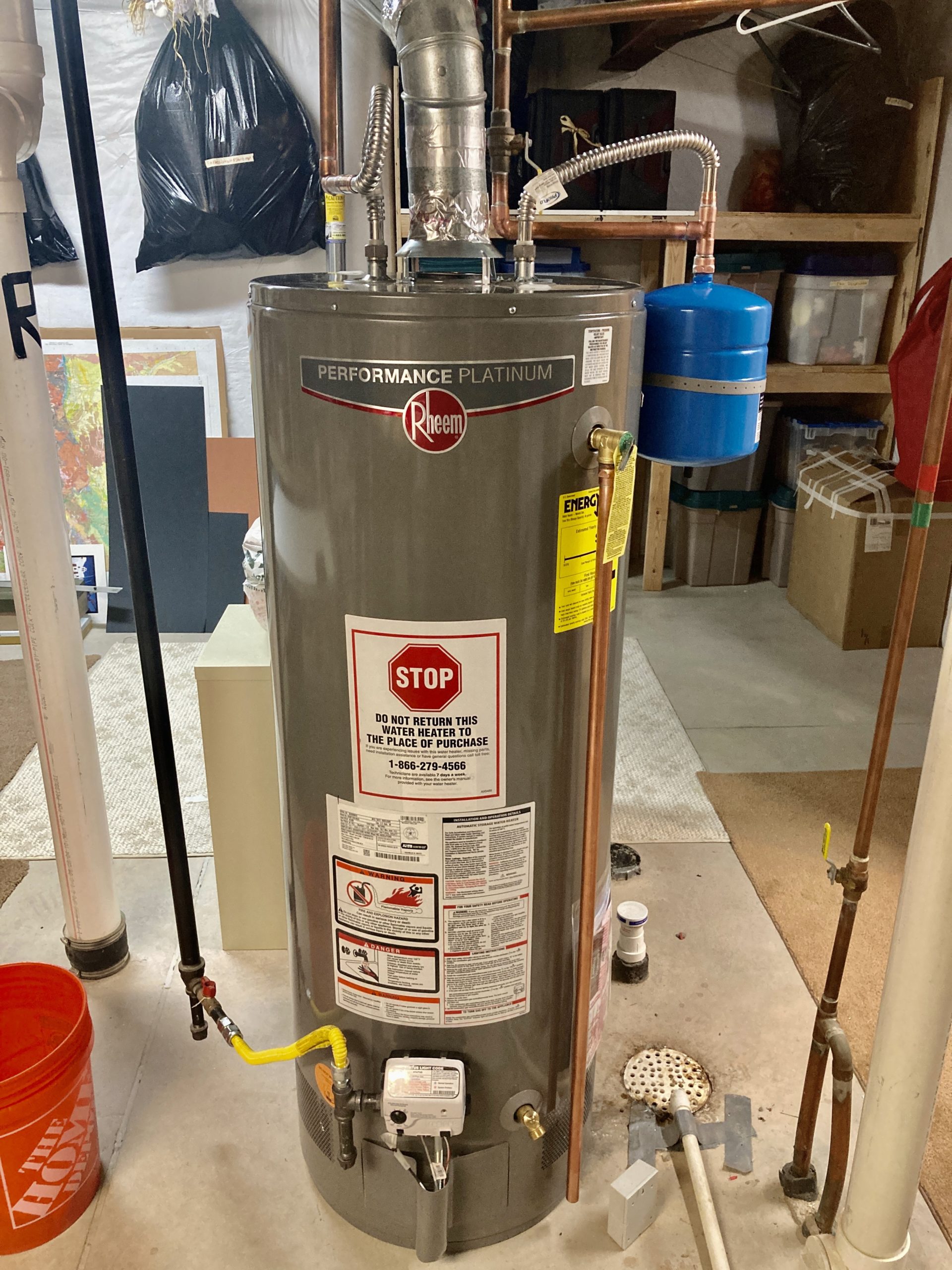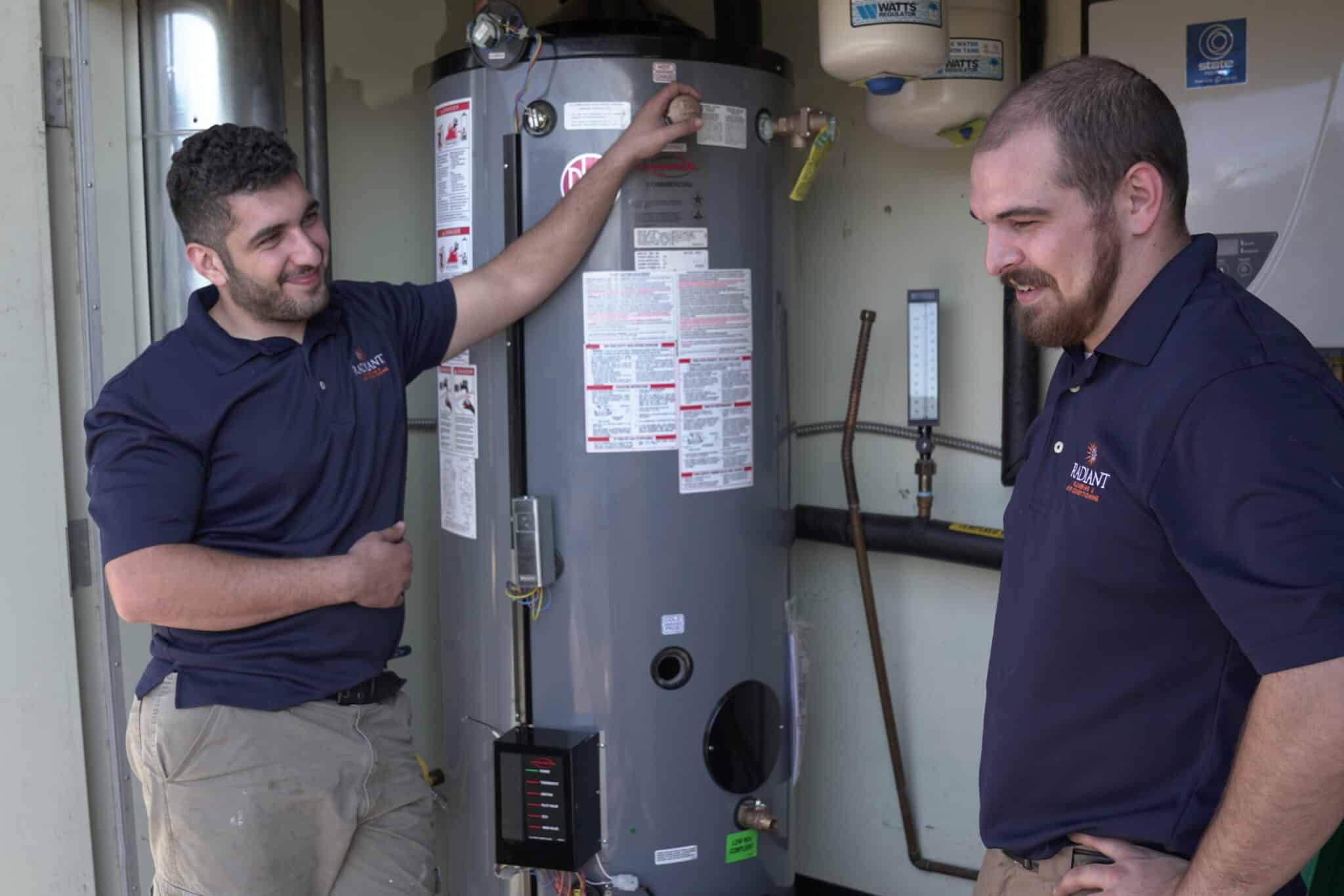Right here on the next paragraphs you will discover a bunch of awesome material when it comes to What Kind of Maintenance Do Water Heaters Need?.

Hot water is vital for everyday comfort, whether it's for a rejuvenating shower or washing recipes. To guarantee your hot water system runs successfully and lasts much longer, routine maintenance is essential. This article gives practical pointers and understandings on just how to keep your home's hot water system to avoid disturbances and expensive repair work.
Intro
Maintaining your home's warm water system might appear difficult, but with a few easy actions, you can guarantee it operates smoothly for many years to find. This guide covers whatever from comprehending your warm water system to do it yourself maintenance pointers and knowing when to hire professional assistance.
Significance of Keeping Your Hot Water System
Normal maintenance not just extends the life expectancy of your hot water system yet also guarantees it runs effectively. Disregarding maintenance can lead to reduced performance, higher power costs, and even early failing of the system.
Indications Your Warm Water System Needs Upkeep
Recognizing when your hot water system needs focus can prevent significant issues. Watch out for indicators such as inconsistent water temperature, odd sounds from the heating unit, or corroded water.
Understanding Your Hot Water System
Prior to diving right into upkeep tasks, it's valuable to understand the basic elements of your warm water system. Typically, this includes the water heater itself, pipelines, anode rods, and temperature controls.
Regular Monthly Upkeep Tasks
Normal month-to-month checks can help catch minor concerns prior to they rise.
Flushing the Water Heater
Flushing your water heater eliminates sediment accumulation, boosting effectiveness and extending its life.
Monitoring and Changing Anode Rods
Anode poles protect against corrosion inside the storage tank. Inspecting and changing them when broken is essential.
Checking and Readjusting Temperature Level Setups
Adjusting the temperature settings ensures optimal efficiency and safety.
Do It Yourself Tips for Upkeep
You can do several maintenance tasks yourself to maintain your warm water system in leading problem.
Looking for Leaks
On a regular basis check pipelines and links for leakages, as these can cause water damages and higher bills.
Testing Stress Relief Valves
Testing the stress safety valve guarantees it works correctly and avoids excessive pressure buildup.
Shielding Pipelines
Protecting hot water pipes lowers warmth loss and can conserve power.
When to Call an Expert
While DIY upkeep is helpful, some problems require expert knowledge.
Complex Issues Needing Specialist Help
Instances consist of major leakages, electric problems, or if your hot water heater is constantly underperforming.
Routine Specialist Upkeep Advantages
Professional upkeep can include thorough examinations, tune-ups, and making sure compliance with safety requirements.
Conclusion
Normal maintenance of your home's warm water system is vital for efficiency, long life, and expense savings. By complying with these tips and recognizing when to seek specialist help, you can make certain a trusted supply of hot water without unanticipated disruptions.
Water Heater Maintenance Tips
Test the TPR Valve
Shut off the power and the cold-water supply valve. Place a bucket under the pipe connected to the temperature-pressure-release (TPR) valve on the top or side of the tank. (This valve opens if the tank pressure gets too high.) Lift the valve’s tab to let some water out, then let go. If water keeps flowing, drain the tank partway, unscrew the old valve with a pipe wrench, and install a new one. Check the Anode Rod
Put a hose to the tank’s drain cock and let out a few gallons of water. Now fit a 1 1/16-inch socket onto the rod’s hex head on top of the heater (or under its top plate) and unscrew the rod. If it’s less than ½ inch thick or coated with calcium, buy a new one, wrap its threads with Teflon tape, put it back in the tank, and tighten securely. Use this segmented rod if headroom above the tank is limited. Drain the Tank and Wash Out Sediment
Drain the remaining water in the tank into the bucket, then stir up the sediment on the tank’s bottom by briefly opening the cold-water supply valve. Drain and repeat until clean water comes out of the hose. Close the drain cock, refill the tank, and turn its power back on. Adjust the Temperature
Find the temperature dial on the side of the tank and unscrew its cover. Adjust the dial to 120 degrees using a flathead screwdriver. For every 10 degrees the temperature is lowered, you can expect to save up to 5 percent in energy costs. Turn the water heater off or the thermostat down to its lowest setting if you plan to be away from home for more than three days. Insulate the Pipes
Buy some self-sticking 3/8-inch-thick foam pipe insulation that matches the pipes’ diameter. Slide the foam over the hot-and cold-water pipes as far as you can reach. Insulating the cold-water pipe prevents condensation in summer. Peel the tape and squeeze the insulation closed. If the pipe is 6 inches or less from the flue, cover it with 1-inch-thick unfaced fiberglass pipe wrap. https://www.thisoldhouse.com/plumbing/21016402/how-to-maintain-a-water-heater

I ran across that review on Tips For Maintaining Your Hot Water Heater when perusing the internet. Kindly set aside a second to share this blog posting if you enjoyed reading it. We treasure your readership.
Call Us Today